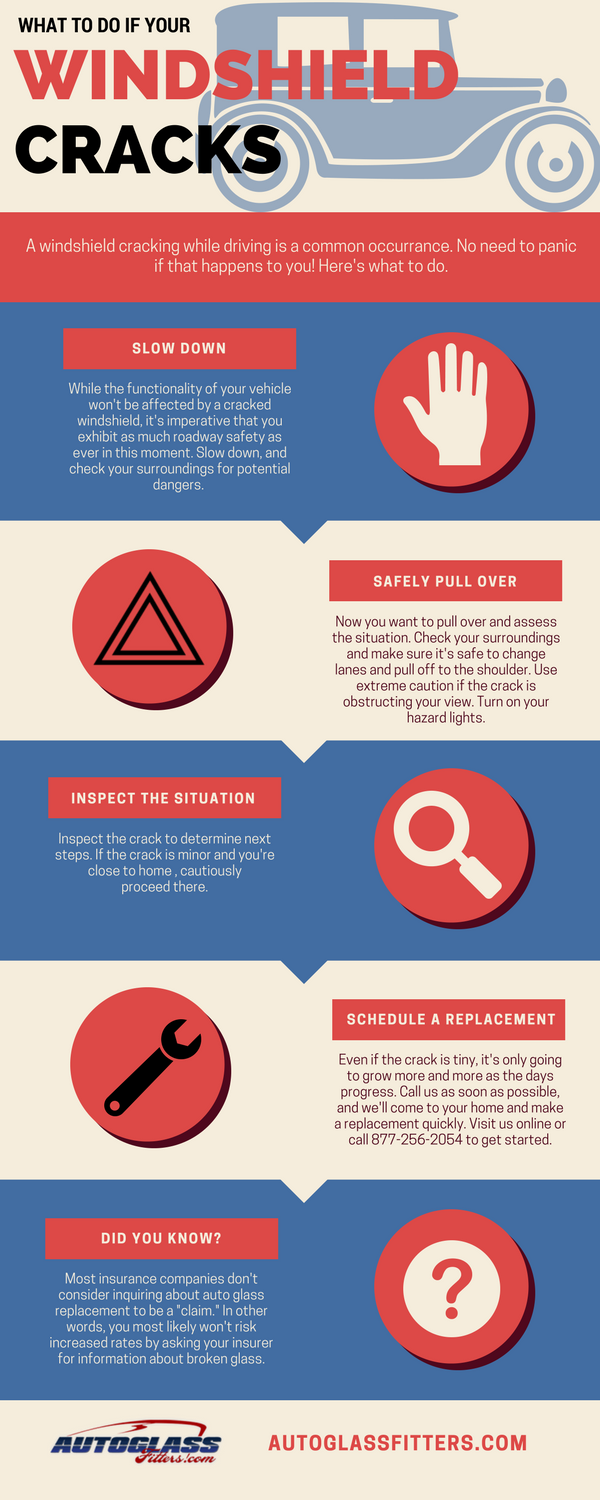Advised Stress Cleaning Techniques Tailored For Every Surface Area
Advised Stress Cleaning Techniques Tailored For Every Surface Area
Blog Article
Produced By-Elgaard Nixon
When it involves push washing, the technique you choose can make all the distinction in accomplishing a tidy, streak-free surface. You may discover that hard surface areas, like concrete, require a different strategy than softer products, such as timber or plastic. It's vital to adapt your techniques to the surface kind to avoid damage while maximizing cleaning effectiveness. So, what are the very best strategies for each surface area, and exactly how can you ensure you're making use of the best setups and devices for the job? Allow's explore what residential window cleaning services near me require to know to get the best results.
Difficult Surfaces
When it pertains to press washing hard surfaces, prep work is crucial. Before you also think about taking out the stress washer, take the time to get rid of the location of any type of particles, furnishings, or barriers. You don't want anything getting in your method or possibly destructive your tools.
Next, check the surface for any kind of fractures or damages; this will certainly assist you figure out the best strategy and stress setups.
When you've prepared the location, it's important to pick the best nozzle. For difficult surface areas like concrete or brick, a slim nozzle (15 or 25 degrees) works best to provide a concentrated stream of water that can successfully eliminate gunk and spots. Always begin at a distance and progressively move better to avoid any surface area damage.
As you start cleaning, keep the stick moving to avoid streaks and over-saturation. It's likewise helpful to function from the top down, enabling dirt and particles to remove naturally.
Lastly, keep in mind to wash the surface completely after cleansing to get rid of any kind of leftover detergent. With these methods, you'll attain a tidy and renewed look on all your hard surfaces.
Soft Surfaces
Stress cleaning soft surfaces needs a gentler strategy to protect them from damages. Whether you're cleansing your deck, patio area furniture, or siding, using too much stress can result in damages, scrapes, or even permanent injury.
Start by picking a low-pressure nozzle, preferably a 25-degree or wider spray pattern, to distribute the water a lot more carefully.
Before you begin, it's vital to pre-treat any type of spots with a suitable cleansing service. This step permits the cleaner to pass through the dust and crud, making it less complicated to remove without rubbing too hard.
Constantly apply the remedy from all-time low approximately protect against spotting.
When you start pressure cleaning, preserve a distance of at least 12 to 18 inches from the surface. Move your stick in a sweeping activity, maintaining it parallel to the surface to prevent concentrated stress on one area.
Rinse the area extensively after cleansing to eliminate any kind of residual cleanser.
Finally, inspect the surface area for any type of missed out on areas and duplicate the process if needed. By complying with these steps, you can effectively clean soft surface areas while preserving their stability and appearance.
Specialized Surfaces
Cleaning up soft surfaces calls for treatment, but specialized surface areas demand a lot more attention to detail. When you tackle these surfaces, like delicate wood, discolored concrete, or certain types of exterior siding, making use of the appropriate stress washing methods is crucial to avoid damages.
First, analyze the product. For instance, dealt with timber can typically endure moderate pressure, but softer woods like cedar may require a lower setting. Always start with the lowest stress and progressively raise if needed.
For stained concrete, use a follower spray nozzle and keep a constant range to prevent engraving the surface.
When handling surfaces like plastic home siding or repainted surfaces, a vast spray pattern assists distribute the pressure uniformly, protecting the finish.
It's likewise important to utilize cleaning agents especially developed for specialized surface areas. They can boost cleaning without endangering the material.
Rinse thoroughly after washing to eliminate any type of deposit, as it can bring about staining or deterioration in time.
Verdict
In conclusion, mastering stress cleaning techniques for various surface areas can make all the distinction in your cleaning outcomes. For hard surface areas, adhere to slim nozzles and a top-to-bottom method, while soft surfaces need a gentler touch with larger nozzles. Do not fail to remember to pre- Click To See More and rinse completely to stay clear of residue. By adapting your approaches per product, you'll not only attain a cleaner surface yet also secure the integrity of your surface areas. Happy cleansing!
